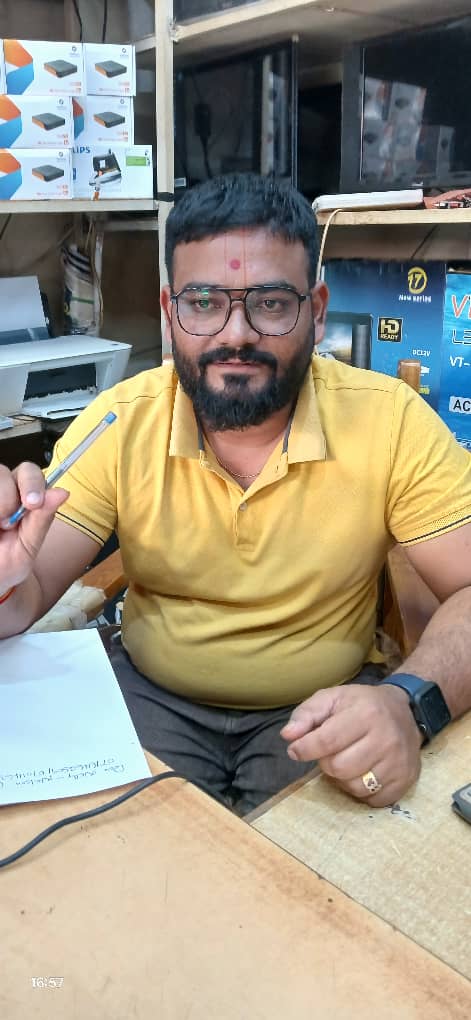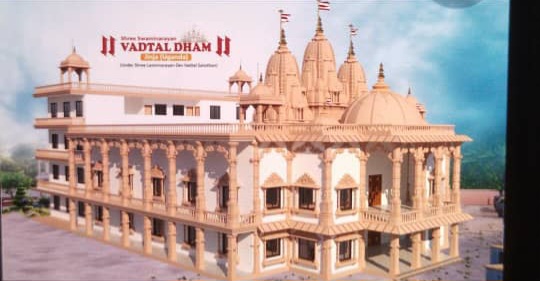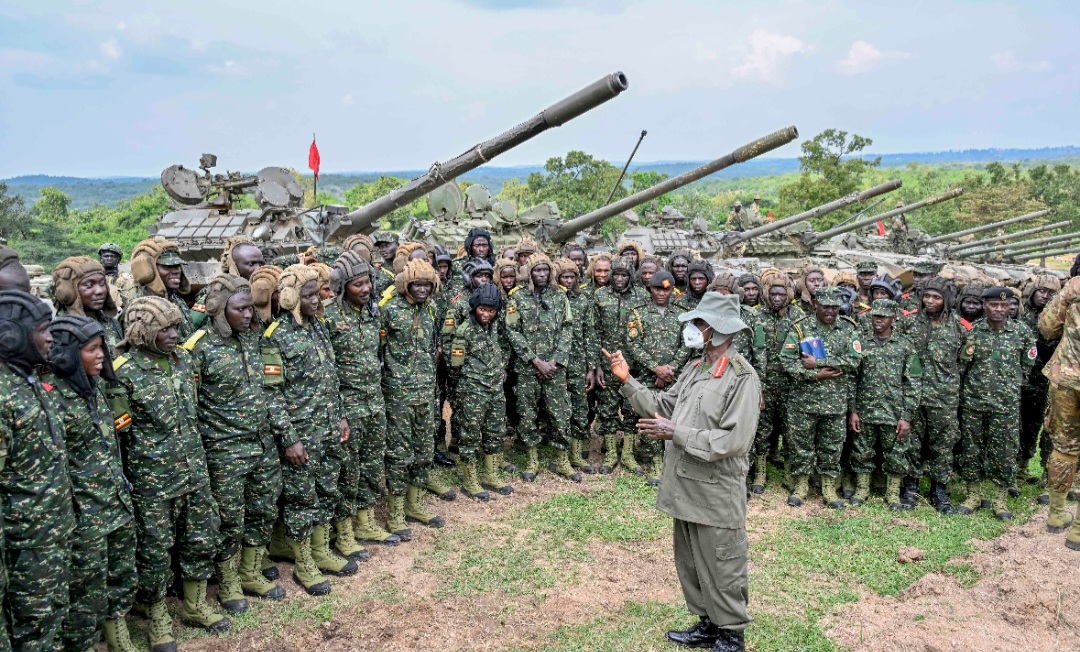The Indian Community in Uganda, in collaboration with their counterparts in Kenya and Tanzania, as well as India, has embarked on a mega project to establish a multi-billion shillings complex called Vadtaldham Temple, which will be the largest in East Africa.
This monumental project aims to promote not only religious practices but also cross-cultural and tourism exchanges between the numerous Ugandan cultures and the Asian community residing in the country.
The proposed temple is expected to play a pivotal role in fostering greater understanding, tolerance, and cooperation among the diverse cultural groups in Uganda.
Groundwork, including excavation and labeling, has already commenced near Wanyama Road, situated along the Jinja-Iganga highway. Notably, the complex will also house a state-of-the-art health and education facility designed to enhance services in Jinja, Uganda’s second-largest city.
According to Patel Nirav, one of the project caretakers, funds for the project have been raised by friends and well-wishers from East Africa, India, and other parts of the world.
One of the key funding bodies is the Indo Africa Charitable Trust, a UK-registered charity that operates in India, Canada, and Uganda, focusing on providing healthcare services and promoting good health in rural communities.
Patel Nirav, who has spent decades in Uganda, emphasizes that this project is part of the Indian community’s contributions to Jinja City, which has become their cherished home away from Asia.

He notes that the construction of the temple is expected to be completed within a year. The groundbreaking ceremony, slated for the last quarter of this year, is anticipated to be officiated by one of the priests from either Mombasa or New Delhi, India.
Given the timing, which coincides with the election campaign period, the ceremony is likely to draw both local and national leaders, as well as officials from the Busoga kingdom, who will be keenly interested in the cultural exchange program.
As is often the case, politicians, particularly those from the ruling National Resistance Movement (NRM) party in the area, may seize the opportunity to claim credit for the investment, citing the region’s conducive and peaceful environment that continues to attract investments and foreigners
It is worth noting that Vadtaldham is a renowned Hindu complex located in Vadtal, Gujarat, India. This significant pilgrimage site for followers of Swaminarayan Sampradaya, a Hindu sect founded by Bhagwan Swaminarayan in 1824, is celebrated for its stunning architecture, intricate carvings, and serene atmosphere.
The India-based temple attracts devotees from around the world and serves as a place of profound spiritual significance.
By naming the proposed temple Vadtaldham, analysts say the sponsors aim to create a sense of home for the Indian community in Uganda while also welcoming visitors to experience and share in the rich cultural and spiritual heritage that this iconic name represents.
The Jinja City Senior Environment Officer, Vicky Kakaire, has addressed concerns regarding the project’s location, dismissing claims that it is being constructed in wetlands, which would be contrary to environmental and physical planning laws and regulations.
In a telephone interview, Ms. Kakaire clarified that the land in question is a gazette industrial zone, but a change in use has been legally permitted. She emphasized that the sponsors of the Temple project have engaged with all relevant authorities, including the Jinja City Council, the Ministry of Lands, Housing and Urban Development, and the National Environment Management Authority (NEMA).
“…So, it is not true that these people (Indians) are fraudulently degrading the wetlands or encroaching on the road reserve; they have sought guidance, which has been issued…” the Senior Environment Officer Vicky Kakaire assured in the phone interview.
She further explained that the land use change aligns with the amended Jinja City Physical Planning, guided by a comprehensive plan aimed at promoting orderly and sustainable development.
The city’s physical planning involves designing its physical infrastructure, including rezoning, land subdivision, and determining areas for development.
It also encompasses delineating areas for social infrastructure, such as schools, health centers, and public spaces. The Physical Planning Committee, established under Section 12 of the Physical Planning (Amendment) Act 2020, consists of key city officials, including the City (Town) Clerk, Urban Physical Planner, City Land Surveyor, and City Engineer.
Their primary objectives include promoting sustainable urban development, planned land utilization, and providing technical guidance and monitoring for plan formulation and implementation.
As can be noted, recently Jinja City has benefited from an integrated physical planning approach under the World Bank-funded USMID program, positioning it as a model city for others to replicate.
Changes in land use in Uganda are driven by various factors, including population pressure, development, urbanization, and migration, among others.
What is a Temple?
The word ‘temple’ originates from Latin. The Latin word ‘templum’ referred to a sacred or consecrated space often associated with religious rituals and worship.
Derived from the Proto-Indo-European root ‘tem,’ meaning ‘to cut’ or ‘to separate,’ this root suggests that a temple was originally a space set apart or consecrated for sacred purposes.
The word ‘temple’ has been adopted into various languages, including Old French and Middle English, evolving to refer to a wide range of sacred or spiritual buildings across different cultures and religions.
Do you have a story in your community or an opinion to share with us: Email us at editorial@watchdoguganda.com









